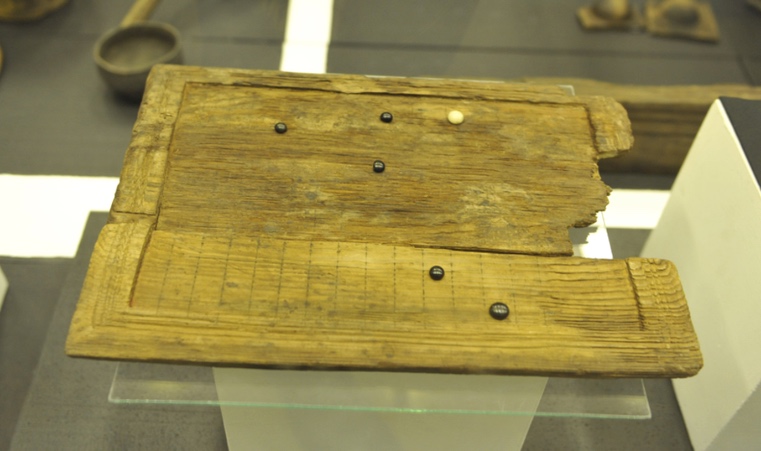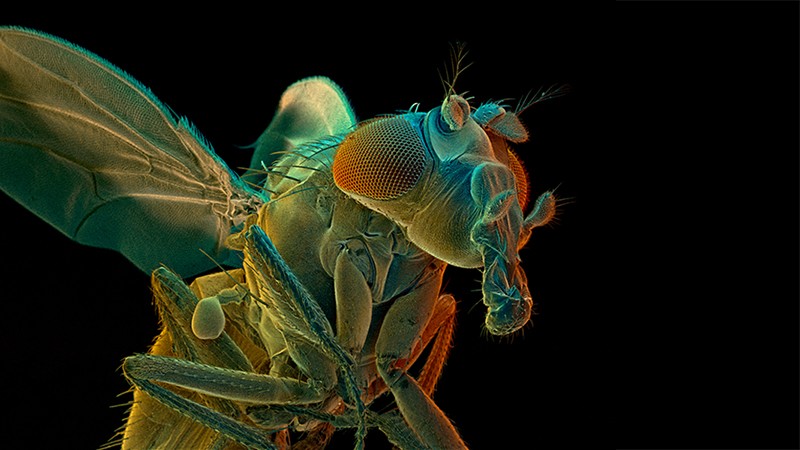via the Guardian by Kate Hodal

In Zanzibar, Tanzania, 88-year-old Ernestina Felix makes orange juice to sell to neighbours. Photograph: Kate Holt/Age International
Women are more likely than men to survive in times of famine and epidemics, research has found.
While it has long been known that women have a higher life expectancy than men in general, analysis of historical records stretching back 250 years shows that women have, for example, outlived men on slave plantations in Trinidad, during famines in Sweden and through various measles outbreaks in Iceland.
Even when mortality was very high for both sexes, women still outlived men, on average, by six months to four years, according to the report (pdf) by Duke University in North Carolina.
Continue reading
==============================
via the Big Think blog by Philip Perry
The Bible’s creation myth is famous the world over. It’s also helped shape Western civilization. According to Stephen Greenblatt’s book, The Rise and Fall of Adam and Eve, "Over many centuries, the story has shaped the way we think about crime and punishment, moral responsibility, death, pain, work, leisure, companionship, marriage, gender, curiosity, sexuality, and our shared humanness." What’s called into question is not its influence or importance, but the literal idea encapsulated within one of humanity’s most famous origin stories.
Could two people literally populate the Earth? It’s highly unlikely. Why? One reason, such a scenario would’ve made it difficult for humans to become the dominant species on Earth. In 2013, a team of researchers determined the minimum size population required 60,000 years ago for humans leaving Africa to eventually become the top species. For worldwide expansion to be successful, 2,250 individuals would be needed to make the journey northward, into Europe, Asia, and the Middle East, while 10,000 were thought to remain back in Africa.
Continue reading
==============================
via Boing Boing by David Pescovitz

This board game was found in Poprad, Slovakia inside a German prince's tomb that dates to 375 C.E. Now, researchers at Switzerland's Museum of Games are trying to figure out how to play it.
Continue reading
==============================
via Interesting Literature
In this week’s Dispatches from The Secret Library, Dr Oliver Tearle reads Dr Johnson’s witty and penetrating critical biographies of the great and good
By 1779, Samuel Johnson had attained that title by which he would become familiarly known: ‘Dr Johnson’. He wasn’t ‘doctored’ when he completed his most defining work (‘defining’ in every sense), the Dictionary of the English Language, in 1755. But when he came to write his Lives of the Poets, just five years before his death, he had become the era’s most celebrated man of letters, with an annual pension from the state to honour his services to scholarship and literature, and a reputation – and, indeed, a celebrity status – that continues to dwarf that of all other eighteenth-century writers. Who can picture Henry Fielding, or envisage Samuel Richardson? But Johnson, with his one-line pronouncements on everything from London to literature, death to dictionaries, remains remarkably alive to us.
Continue reading
==============================
via the Guardian by Anthea Lacchia

The cliffs in which the fossils were found, on the coast of the White Sea in Russia. Photograph: Ilya Bobrovskiy
A fossilised lifeform that existed 558m years ago has been identified as the oldest known animal, according to new research.
The findings confirm that animals existed at least 20m years before the so-called Cambrian explosion of animal life, which took place about 540m years ago and saw the emergence of modern-looking animals such as snails, bivalves and arthropods.
Continue reading
==============================
via 3 Quarks Daily: Sara Reardon in Nature

A protein in the neurons of flies (Drosophila) is a surprising communicator.Credit: David Scharf/SPL.
The genomes of plants and animals are littered with the remains of viruses that integrated themselves into their DNA hundreds of millions of years ago. Most of these viral remnants are inactive, but the latest research suggests that some evolved into genes that let cells communicate. A pair of papers published in Cell on 11 January suggest that the protein encoded by one such gene uses its virus-like structure to shuttle information between cells: a new form of cellular communication that may be key to long-term memory formation and other neurological functions. Two research groups came across the phenomenon independently while studying extracellular vesicles — pieces of cell membranes that pinch off into bubbles and float away from the cells. These vesicles circulate throughout the body, but little is known about their function. The teams, led by neuroscientist Jason Shepherd at the University of Utah in Salt Lake City and cell biologist Vivian Budnik at the University of Massachusetts Medical School in Worcester, looked at mice and flies (Drosophila melanogaster), respectively.
Continue reading
==============================
via Boing Boing by Cory Doctorow

When Donald Trump calls Haiti a "shithole country," he's dismissing one of the hardest-done-by countries in the history of the world – and moreover, a land whose sacrifices made the US itself possible.
Haiti (then called Saint-Domingue) was France's most brutal, most profitable colony, a tiny island that supplied 75% of the world's sugar, sending more wealth to France than the all 13 of the original US colonies combined.
Continue reading
==============================
via the OUP blog

Squirrel by Oldiefan. Public domain viaPixabay
Whether they’re gray or red, climbing a tree or scurrying on the ground, squirrels are one of the most ubiquitous mammals in the world. They are found in almost every habitat imaginable from tropical rainforests to deserts, avoiding only the most extreme conditions found in the high polar and arid desert regions. Different types of squirrels are indigenous to almost every continent including the Americas, Europe, Asia, and Africa. Humans introduced this bushy-tailed creature to Australia.We’ve all seen squirrels scampering around placing seeds and nuts in hollowed out tree trunks and under roots to keep them hidden from the competition. As herbivores, these are their main sources of nutrition but many will eat small insects and even small vertebrates if there is a need for it. Their rodent-like teeth allow for a varied diet.
Continue reading
==============================
via Interesting Literature
Classic poems about long walks
‘I like long walks,’ Noel Coward is said to have once quipped, ‘especially when they’re taken by people I dislike.’ The Romans had a phrase: Solvitur ambulando, meaning ‘it is solved by walking’. The Victorian poet Arthur Hugh Clough used it as the epigraph for his long epistolary poem, Amours de Voyage. There is a long-standing and deep-rooted relationship between walking and poetry, as these classic poems demonstrate.
Continue reading
==============================
via Boing Boing by Andrea James

Damascus steel is renowned for its use in ancient edge weapons and for its unusual mottle pattern. Blacksmith Dmitriy Shevchenko demonstrates his blade-making technique, since the manufacturing techniques of old were not meticulously recorded.
Continue reading and do watch the video.
No comments:
Post a Comment